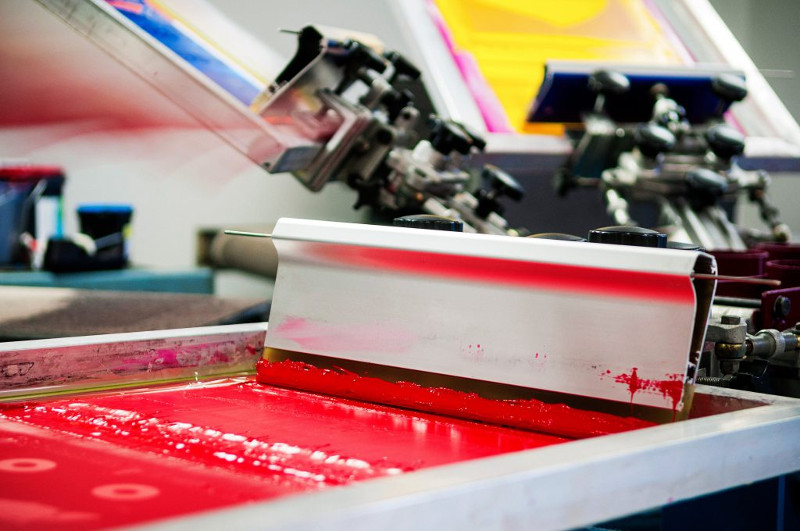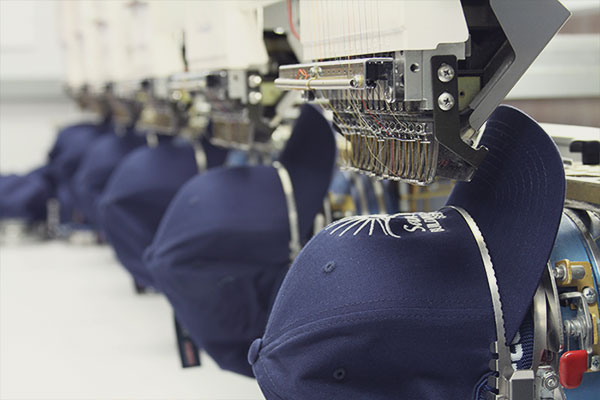Customization Techniques
Clothing and objects are customizable in many ways, each technique has its pros and cons. Therefore ponderations on which technique is to be used must be made on a case by case basis considering elements such as expected aesthetic result, quantity, timing and budget.
SCREEN PRINTING
The printing is done by using of fabric looms, one for each color of the graphic. Pro: perfect color rendering on solid colors, excellent durability, low costs on big runs. Cons: difficulty on the realization of four-color and nuances, high costs on small runs.
EMBROIDERY
The embroidery gives a more precious effect to the graphics. It is carried out by means of automated embroidery machines and, only for the first processing, it is necessary to realize the plant file. Pro: durability over time, no system costs for supplies subsequent to the first. Cons: costs slightly higher than the press, fewer choices for the positioning of the graphics on the garment.
DIGITAL PRINTING
The graphic is printed by an inkjet printer directly on the head or on a film applied subsequently by a hot press. Pros: no need for implants, very convenient for small runs with many colors, excellent four-color rendering. Cons: high costs on large runs, lower washing resistance compared to screen printing.
PAD PRINTING
Printing using a soft pad that works like a stamp. This technique is mainly used on pens and on small objects. Pro: possibility to print on non-flat surfaces. Cons: low maximum print size, few colors can be used on a single graphics.
LASER ENGRAVING
The graphics are impressed on the object by a powerful laser. Many items also in fabric have specially an aluminum plate to allow engraving. Pros: low system costs, wear resistance. Cons: only achievable on wood or metal.


